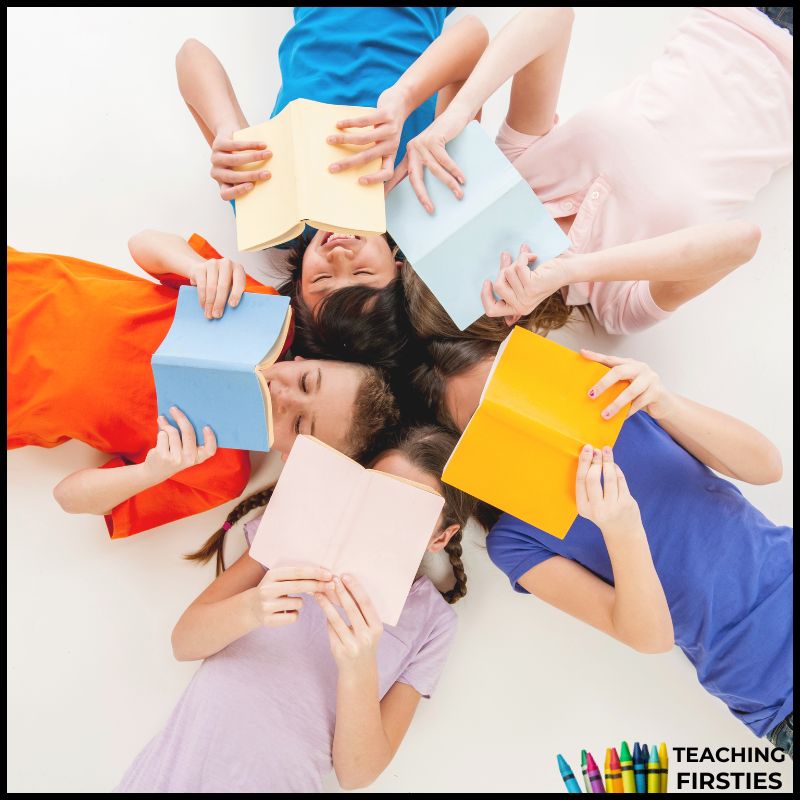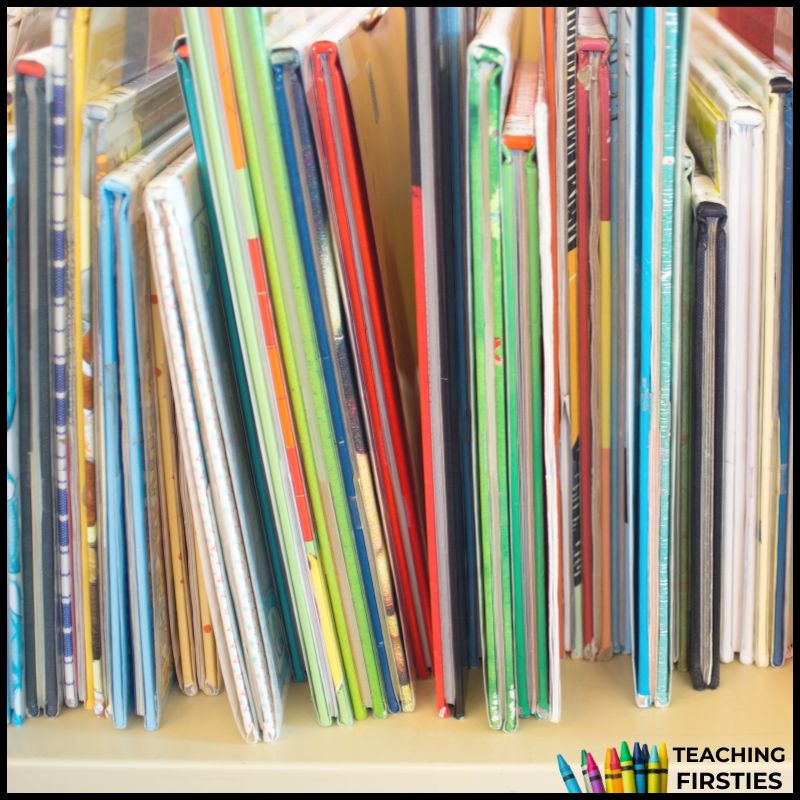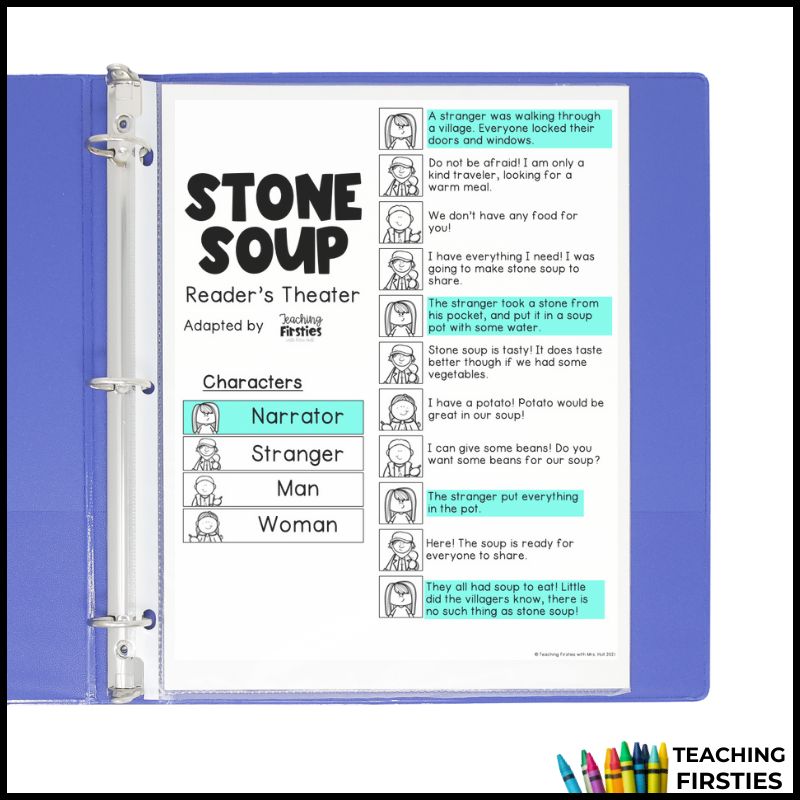Reader’s Theater is a favorite in many classrooms—and for good reason. When done right, it builds fluency, boosts confidence, and gets students genuinely excited about reading aloud. But here’s the catch: not all Readers Theater scripts are created equal. The key to a successful experience is selecting the right script for your students’ reading levels, interests, and instructional goals.
Whether you’re just getting started or looking to improve your existing literacy stations, this guide will walk you through what to consider when selecting readers theater scripts—and where to find high-quality ones that are ready to go.
Matching Readers Theater Scripts To Reading Levels
- Giving stronger readers roles with longer or more complex dialogue
- Assigning simpler, repetitive lines to emerging readers
- Rotating roles to build confidence and fluency over time
One of the best ways to support differentiated reading instruction is to use Readers Theater scripts that are already leveled and easy to assign based on fluency.

Choose Engaging Content
Engagement matters. Look for readers theater scripts with fun characters, humorous or dramatic plots, and language that’s appropriate for your students’ grade level. First graders, for example, enjoy familiar fairy tales, animals, and stories with clear, predictable patterns.
If your students love the story, they’ll be more likely to read with enthusiasm and expression.
Pay Attention To Script Length And Group Size
The ideal script length depends on your available time and student attention spans. For younger students, shorter readers theater scripts (5–10 minutes) work best. Also consider how many roles are included. Choose scripts that fit your class size, or can be easily adapted to work with small reading groups.
Looking for a classroom-ready example to get started? The Stone Soup Readers Theater Scripts are a teacher favorite! It features differentiated reading levels, highlighted parts, printable puppets, and a Google Slides version—making it easy to build fluency and classroom engagement with minimal prep.
Know Your Copyright Rules
It can be tempting to rewrite your favorite children’s book into a readers theater script, but it’s important to understand copyright laws. In general, you can use material that’s in the public domain—meaning it’s no longer under copyright protection and is free to use. This usually includes works published before 1923.
Books and stories in the public domain can be adapted into readers theater scripts without legal concerns. Examples include fairy tales like Little Red Riding Hood, The Three Little Pigs, and The Emperor’s New Clothes.
If you want to adapt something more recent, be sure to get permission from the author or use it only under “fair use” conditions in a nonprofit, instructional setting.

Save Time With Done-For-You Readers Theater Scripts
At LiteracyStations.com, you’ll find an entire collection of engaging, classroom-tested readers theater scripts that make differentiation and setup a breeze.
Here’s what makes these scripts special:
- Different Reading Levels: Scripts are designed with multiple fluency levels so you can meet each student’s needs
- Highlighted Student Lines: Lines are already highlighted, making it easier for students to follow along and stay on track
- Printable Nametags and Puppets: Visual and hands-on supports help students stay engaged and identify with their characters
- Google Slides Versions: Perfect for digital classrooms or interactive whiteboards—no printing necessary!
These ready-to-use readers theater scripts are ideal for literacy stations, small groups, or whole-class activities. Plus, they save you valuable prep time while delivering high engagement and fluency growth.
Keeping Your Readers Theater Scripts Fresh
Once you find a good collection of readers theater scripts, don’t be afraid to rotate them regularly. Students will love trying new characters, exploring different genres, and performing for classmates or even parents.
Use a variety of themes (folktales, seasonal stories, animals, etc.) to keep interest high and support vocabulary development. If a student struggled with one script, they may feel more confident in the next.
Quick Recap:
Selecting the right readers theater scripts makes all the difference in your students’ reading experience. When scripts are engaging, level-appropriate, and easy to follow, students gain confidence, improve fluency, and enjoy reading aloud.
Whether you’re writing your own or using pre-made options, keep in mind:
- Match scripts to reading levels
- Choose content your students will love
- Keep scripts short, fun, and manageable
- Respect copyright and explore the public domain
- Save prep time with editable, leveled scripts from LiteracyStations.com
With the right Readers Theater scripts in hand, you’ll turn your literacy block into an exciting, skill-building performance zone your students can’t wait to return to.
More Reader's Theater Tips:
You may also find these blogs useful:
- Getting Started with Readers Theater
- 7 Strategies to Make Readers Theater Fun for First Graders
- How to Assign Readers Theater Roles Fairly
- Matching Readers Theater Roles to Reading Levels
- Setting Behavior Expectations for Readers Theater
- How to Structure Readers Theater Practice Sessions
- Organizing Readers Theater Materials to Keep Practice Running Smoothly
- Organizing Readers Theater Shows: Tips for a Confident and Successful Student Performance
- How to Build Reading Fluency with Readers Theater in Your Classroom
- Why Assessing Readers Theater Matters—And How to Do It Well







